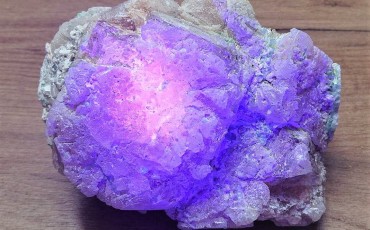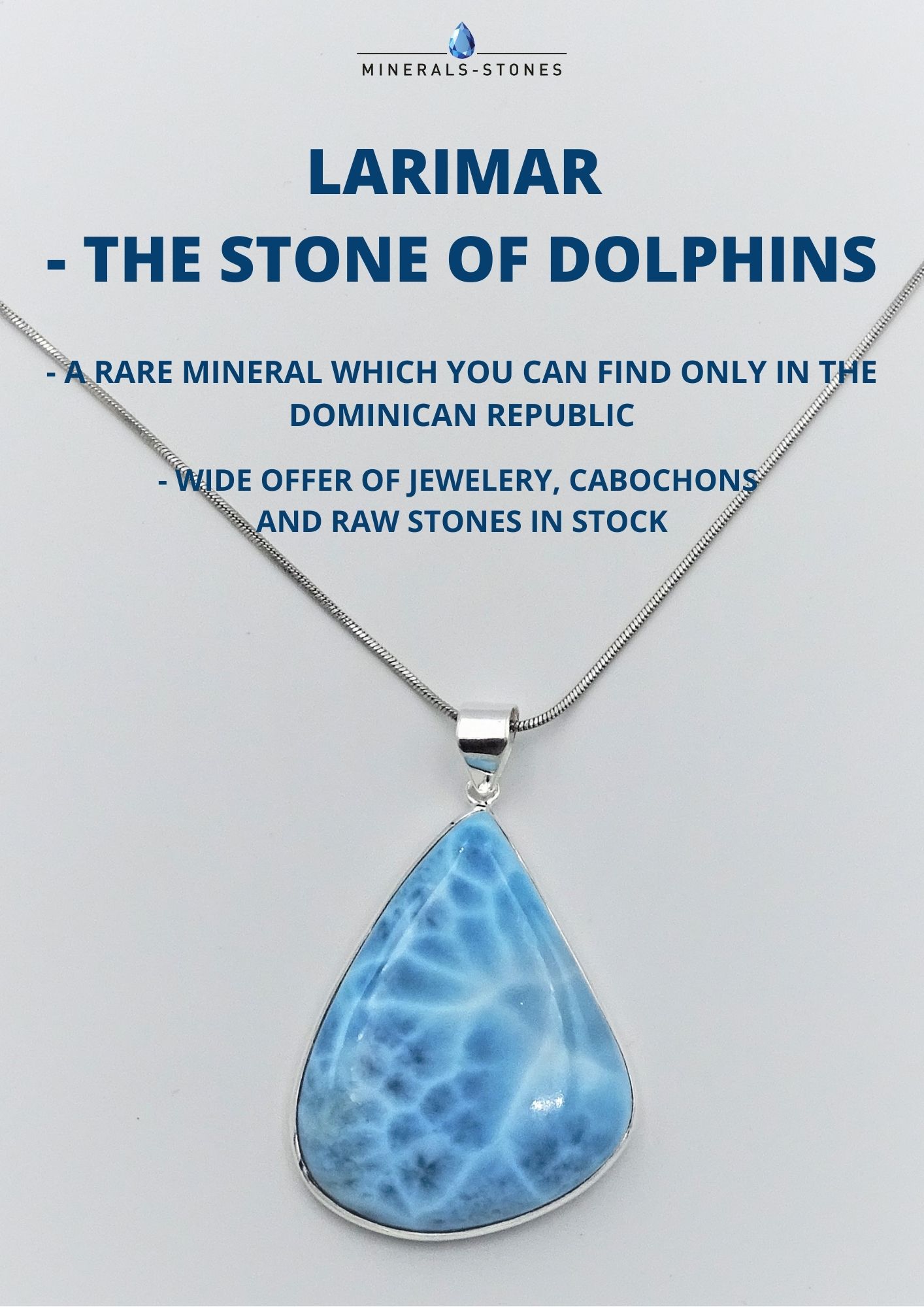POLLUCITE a very rare cesium mineral

POLLUCITE a very rare cesium mineral
This very rare cesium mineral is a highly sought after collectible gem. Pollucite belongs to the group of zeolites. It forms a series of solid solutions as an analogue of cesium (Cs) with analcime, an analogue of sodium.
Gem-quality pollucite is not only very rare, it is also the only mineral that has Cs as an essential component. This mineral serves as the main ore for cesium. These pollucities on the matrix show blue-white fluorescence. Pollucities can reach the hardness of quartz (7) and require no special care or setting. In its metallic form, cesium is toxic, and isotopes produced as nuclear waste or for medical purposes are radioactive. However, naturally occurring cesium, such as that found in pollucite gemstones, should not pose any risks.
This gem is more likely to be found in mineral collections than jewelry collections. However, recent gem-quality finds in Afghanistan could change that.
This mineral was discovered in 1846 in Elba, Italy and was named after Pollux, the twin of Castor in classical mythology. The discoverers associated it with castorite, named after Castor, because both occurred in lithium-rich granite pegmatites at that source. Although castorite was later renamed petalite, the name pollucite remained.
Strangely, according to the myth, Pollux was immortal while Castor was mortal. The name "kastorite" also disappeared. In addition, some myths claim that the twins had different fathers, the immortal Zeus and the mortal Tyndareus. Although these minerals were originally paired, they also turned out to be different.
You can find this unique collection mineral in our range of minerals.
MINERALS-STONES







